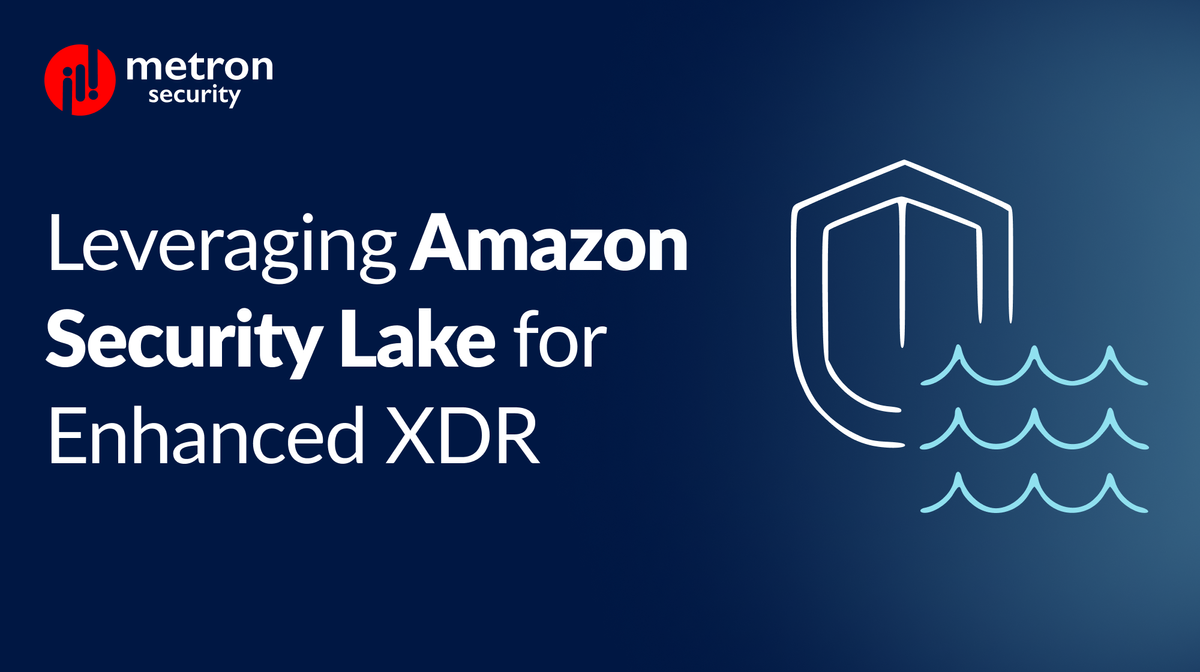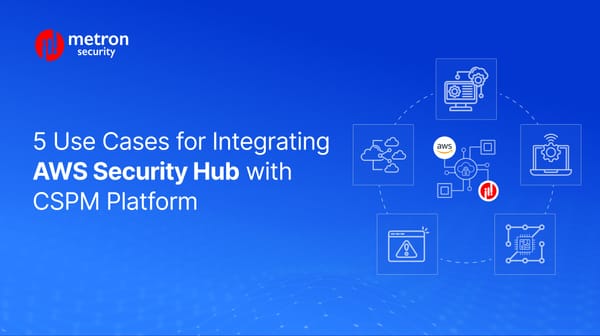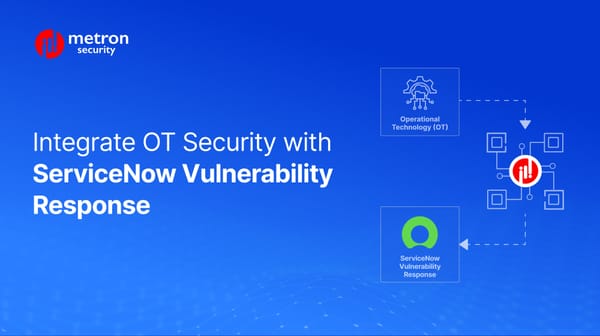Leveraging Amazon Security Lake for Enhanced XDR
Explore how Security Lake and an XDR platform can work together to offer enhanced protection to your organization.
Anmol Jain

Struggling with fragmented security data? You're not alone.
Numerous organizations, from small start-ups to major enterprises wrestle with disconnected security tools and the blind spots they create that hinder threat detection. Fortunately, there's a powerful solution in the market for increasing this visibility and connectivity between your security tools: integrating Amazon Security Lake with any leading XDR platform.
In the following post, we explore how Security Lake and an XDR platform can work together to offer enhanced protection to your organization and improved visibility for its security operations.
Why Should You Integrate Security Lake with XDR?
XDR platforms offer a comprehensive approach to security by collecting data from various sources, including network traffic, endpoints, and cloud workloads.
Integrating Security Lake with an XDR platform provides several key benefits:
- Centralized Logging: Security Lake provides XDR platforms with a complete picture of your security landscape by unifying data from all sources.
- Improved Threat Detection: By unifying security data from these same sources, XDR platforms can gain a more holistic view of the security landscape. This allows for better detection of potential threats and faster incident response, with less time manually hunting.
- Streamlined Workflows: Security analysts can leverage the combined capabilities of Security Lake and XDR to streamline their workflows. Security Lake simplifies data ingestion, while XDR provides advanced analytics and investigation tools.
How does the integration work?
The specific integration process may vary depending on the chosen XDR platform. However, the general steps involve:
- Enabling the Integration: Within the XDR platform, configure the Amazon Security Lake integration. This typically involves providing credentials for accessing Security Lake.
- Security Lake Subscription: In Amazon Security Lake, create a subscription to specify which log data to share with the XDR platform. Security Lake supports filtering based on specific log types or sources.
- Data Ingestion: Security Lake stores log data in AWS Lake Formation. XDR platforms can query this data as subscribers created via the Security Lake console, API, or CLI.
The Power of Integration with XDR Platforms
Leading XDR platforms seamlessly integrate with Amazon Security Lake. This integration unlocks several key benefits:
- Enhanced Threat Detection: XDR platforms leverage data from multiple AWS sources to identify sophisticated threats. Security Lake centralizes this data, allowing XDR platforms to perform more comprehensive analysis, leading to faster and more accurate threat detection.
- Streamlined Security Operations: Security teams can utilize a single platform (their XDR of choice) to analyze data from across their entire security landscape. This eliminates the need to switch between different tools, saving valuable time and effort.
- Improved Threat Hunting: Security Lake stores security data in the OCSF format, making it easier for XDR platforms to run advanced threat-hunting queries. Security analysts can quickly identify potential threats and investigate them efficiently.
Conclusion
Disconnected security tools inevitably create blind spots that hinder threat detection and response time. Fortunately, connecting the power and utility of tools like Amazon Security Lake and an XDR platform can bridge many of these gaps in our cyber defense infrastructure and playbooks.
If you are considering any custom cybersecurity solution that focuses on the resources and needs of your organization, please send a note to connect@metronlabs.com.









